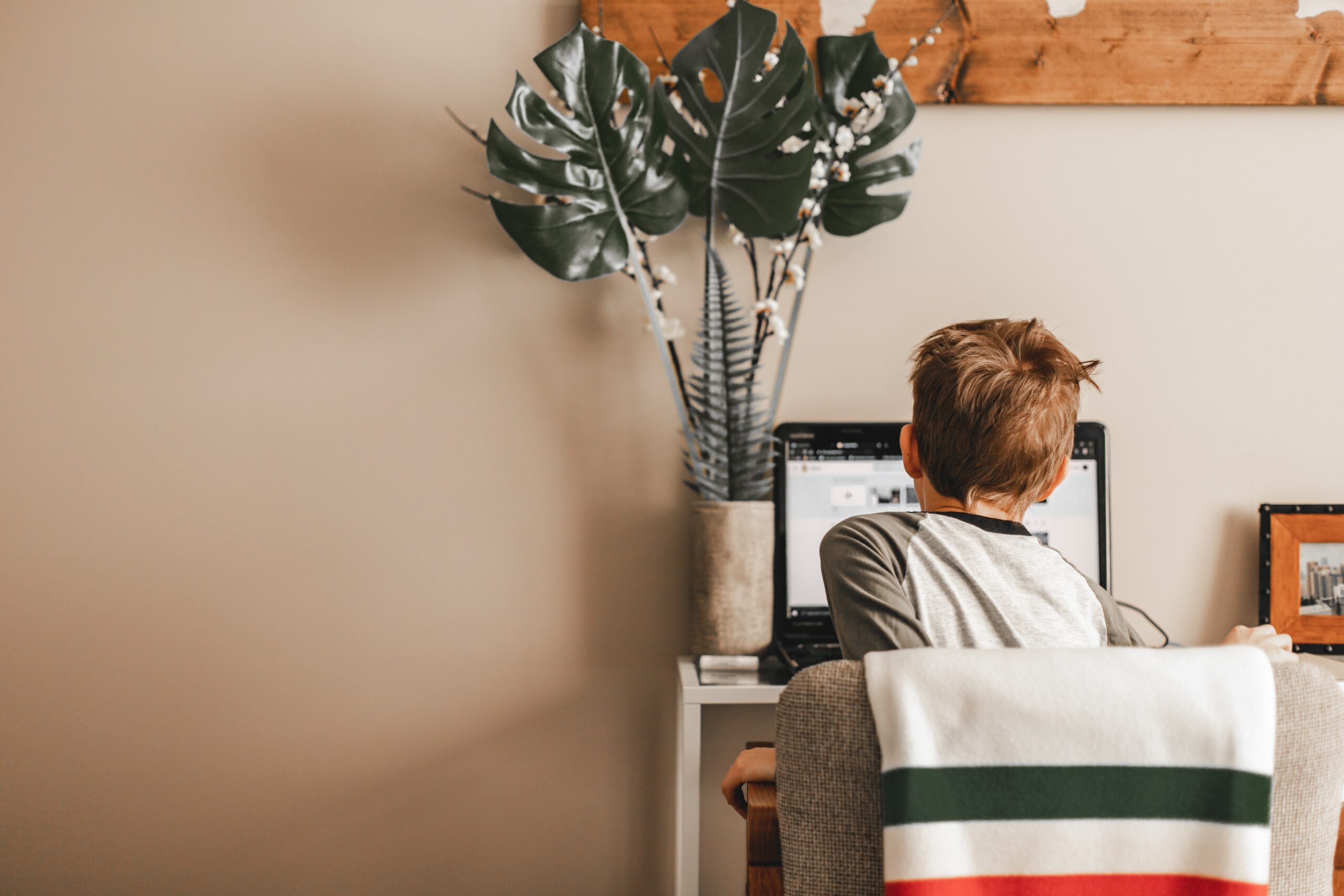
What is Video Interaction Guidance?
===INTRO
Do you ever wonder what Video Interaction Guidance (VIG) is all about? Well, wonder no more! VIG is a powerful tool that helps people connect with one another. It’s a way to unlock potential and strengthen relationships. So, let’s dive into what VIG is and how it works!
Lights, Camera, Interaction!
VIG is a method of communication that uses video as a tool to help people better interact with one another. It was first developed in the 1980s by Harrie Biemans in the Netherlands, and has since been used successfully worldwide. The process involves filming a short interaction between two people, such as a parent and child, and then reviewing and analyzing it together. The VIG practitioner helps the participants identify strengths in their interaction and provides feedback on how they can improve their communication.
During the filming, the participants are encouraged to interact naturally, without any interference from the VIG practitioner. This allows for an authentic representation of their communication style. After viewing the footage, the participants are guided to identify moments of connection and areas where they could improve. The VIG practitioner helps them identify patterns of effective communication and provides strategies to enhance their connection.
Unlocking Potential with Video Interaction Guidance
VIG has been used in a variety of settings, including schools, healthcare, and social care. It can be used to improve communication between parents and children, teacher and student, and healthcare providers and patients. By using VIG, participants are able to unlock their potential for effective communication and strengthen their relationships. The feedback and guidance provided by the VIG practitioner helps participants feel more confident in their ability to connect with others.
One of the biggest benefits of VIG is that it is a positive and strengths-based approach. Rather than focusing on what is not working, it highlights the positive aspects of the interaction and provides strategies to build on these strengths. This encourages participants to feel empowered and motivated to make positive changes in their communication style.
===OUTRO
In conclusion, Video Interaction Guidance is a powerful tool for improving communication and building relationships. By using video as a tool for feedback and guidance, participants are able to identify their strengths and weaknesses, and work towards a more effective communication style. Whether it’s between a parent and child, teacher and student, or healthcare provider and patient, VIG has the potential to unlock the potential for positive and meaningful interactions. So, lights, camera, interaction!



